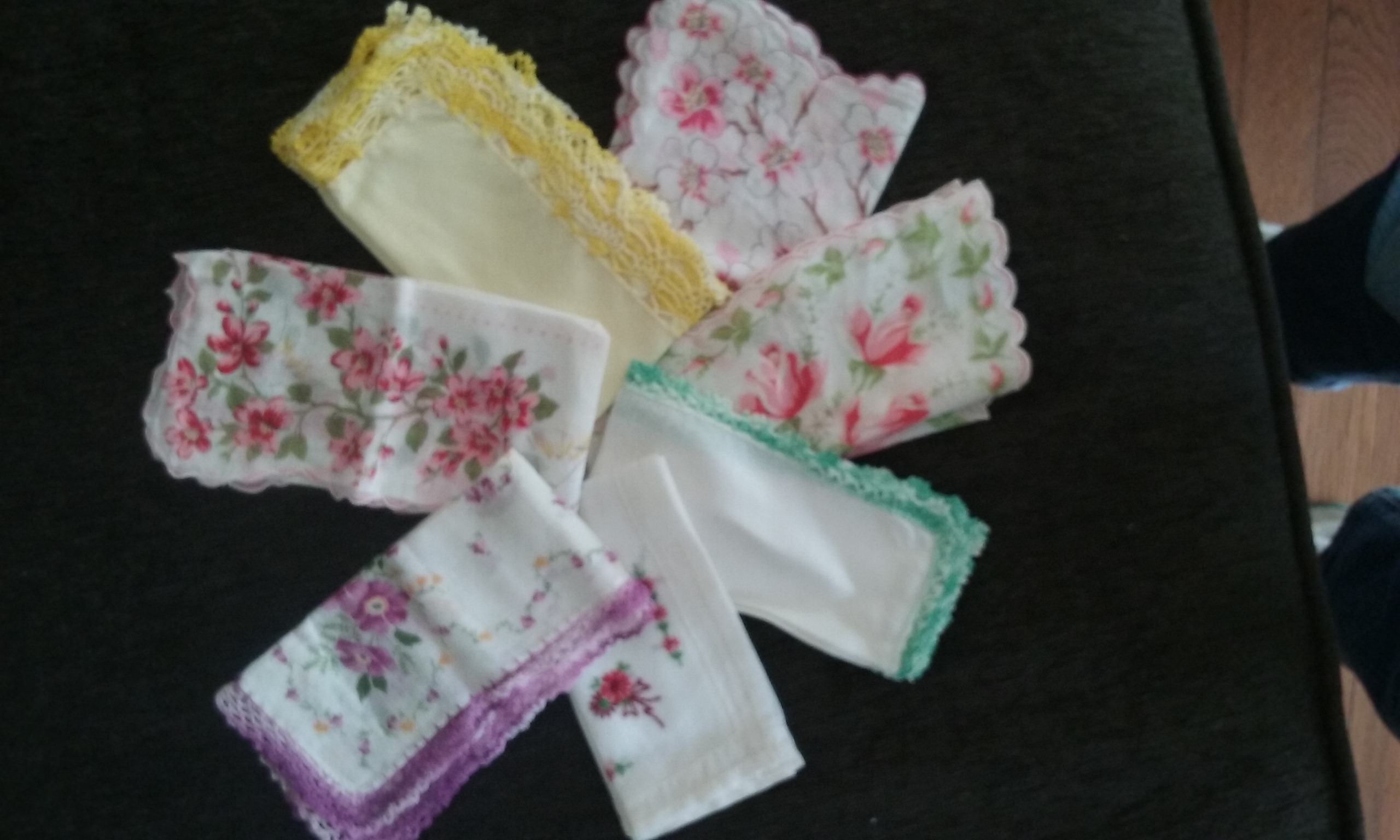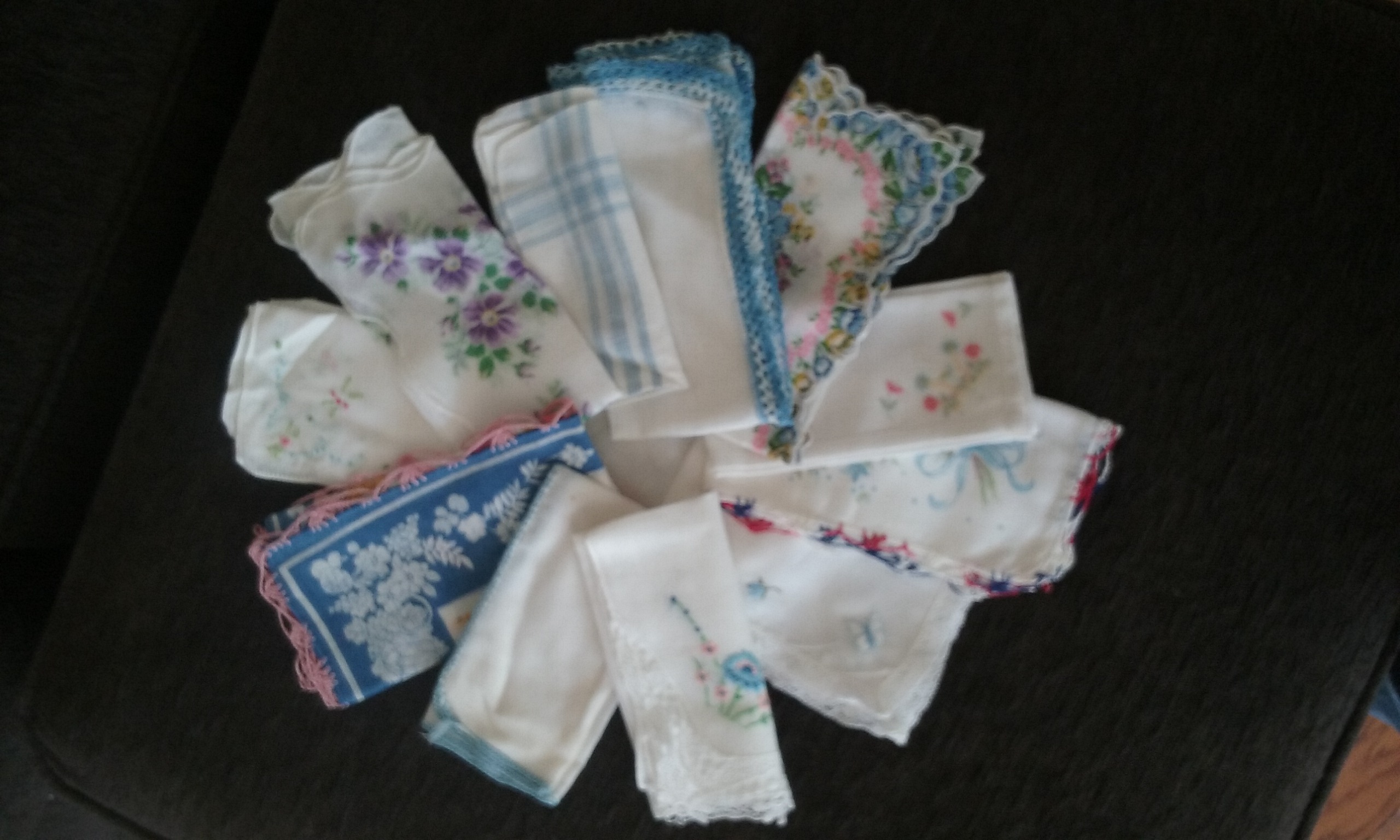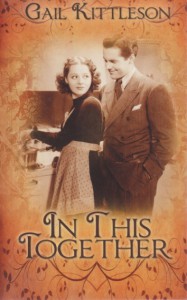On this patriotic weekend, I’m excited to welcome Sonia Solomonson, Life Coach, author and former editor, on the topic of loving ourselves. If you’ve read IN TIMES LIKE THESE, my latest women’s fiction, you’ll realize how her advice applies to Addie, the heroine. Love of country comes easily for her, but loving herself presents such a difficult challenge.
Sonia gives us step-by-step guidelines. And she is offering FIVE free forty-five minute life-coaching phone sessions to the first five commenters here. Wow! When you comment, please leave your e-mail address so she can contact you.
5 Tips for Loving Yourself
Even when we see ourselves as extremely independent and self-sufficient, if we’re really honest with ourselves, we desire to be loved.
To have friends, you have to be a friend, we’ve been told. The same is true for love: To be loved, you have to love. And it all begins with moi! Start by loving yourself.
Some people think self-love is selfish and wrong. Dominican priest and 13th century theologian Thomas Aquinas believed that self-love was akin to pride—or “the beginning of all sin.” However, the Bible does tell us to love God with all our heart and soul and “love your neighbor as yourself.” That little word “as” says that I start by loving myself. Then I have the conditions inside me to love my neighbor in that same way. It all stems from God’s love for us.
Psychologist and social philosopher Erich Fromm said in 1956 that loving yourself is different from being arrogant or egocentric. He said rather that it means respecting yourself, knowing yourself, caring about yourself and taking responsibility for yourself. I’m with him!
I’ve heard it said that you are the one person who will be with you longer than anyone else will be—and, therefore, it’s crucial that you learn to be your own best friend.
What does it mean to love yourself?
Here are five tips:
- Accept yourself. If you beat up on yourself a lot, stop it right now. You wouldn’t do that to your best friend, would you? So why would you think it’s OK to beat up or ridicule yourself? You are unique and precious, a true one-of-a-kind. Accept who and what you are. Love and accept all of yourself, what you see as your special gifts and also what you call your flaws. Often, these are two sides of the same coin.
For example, I’m a sensitive person, tuned in to what others are feeling. That’s a good thing—particularly in my vocation as a life coach but also in my relationships. The flip side, however, is something about which I used to be impatient with myself: I am (overly) sensitive about things others say to and about me. I’ve worked hard to tweak that. I also accept that, to some degree, one goes with the other.
- Take good care of yourself. It means seeing your body, mind and spirit as precious gifts that need and deserve nurture and attention. It’s all too easy to take our bodies for granted and not give them sufficient rest, good food or plenty of exercise. Sometimes we take better care of our cars than we do our bodies, doing regular maintenance checks and taking care of whatever needs attention!
Let yourself feel whatever emotions arise. Are you sad? Feel it. Perhaps there’s some loss, whether minor or major, that you simply have to stop and grieve. Are you anxious? Stop and deal with it; don’t ignore it. Do deep breathing, yoga, meditation, prayer or whatever helps you. Afraid? Look your fears in the eye and see whether you can bring them down to size by injecting some realism into them. Are things really as bad as they seem? Can you do anything about it? If not, can you let go? If you can do something, can you find a first step and start moving?
Are you happy? Celebrate that. Savor the good moments. Be grateful for them. Remember it’s OK to celebrate your achievements—both small and large. You can have your own little party. Or you can invite someone special to celebrate with you. Share your joy.
Some of us learned at a young age to stuff down emotions—sad and fearful ones or even joyful ones. If so, you may want to do some work around that so you can experience the full range of emotions.
- Set boundaries for what behavior you will and won’t accept from others. You have a right to expect to be treated well and spoken to respectfully. You do not have to accept put-downs and abusive treatment—and you certainly don’t want to treat yourself that way either. Remember, boundaries aren’t meant to be punitive or manipulative toward others. They’re simply borders you set for yourself to know what’s OK and what isn’t for you—and what you will do if someone crosses that line.
- Choose life. Insofar as it’s possible given what’s happening in your life, choose happiness and joy. Choose to be positive. Sometimes you simply need to reframe what’s happening and see possibility rather than a problem. When I lost my job, reframing wasn’t easy. I was hurt, angry, and scared. Only when I could begin to see possibility, however, was I able to create a new dream. Mind you, that didn’t happen overnight. First I needed to grieve the lost dream.
I hope you get the idea. There are many other ways to show yourself love. Whatever you do, let go of the idea that self-love is selfish or decadent. Self-love is really the start of a more joyful life and deeper, more fulfilling relationships. It’s also the way we teach others how to treat us.
 By Sonia C. Solomonson
By Sonia C. Solomonson
A writer, editor and life coach, Solomonson writes daily blogs at www.way2growcoaching.com, where you can sign up for her monthly ezine.










 For us, this year’s spectacular lily medley was all about glory – wouldn’t you say? Now, they’ve gone by summer’s wayside.
For us, this year’s spectacular lily medley was all about glory – wouldn’t you say? Now, they’ve gone by summer’s wayside.

